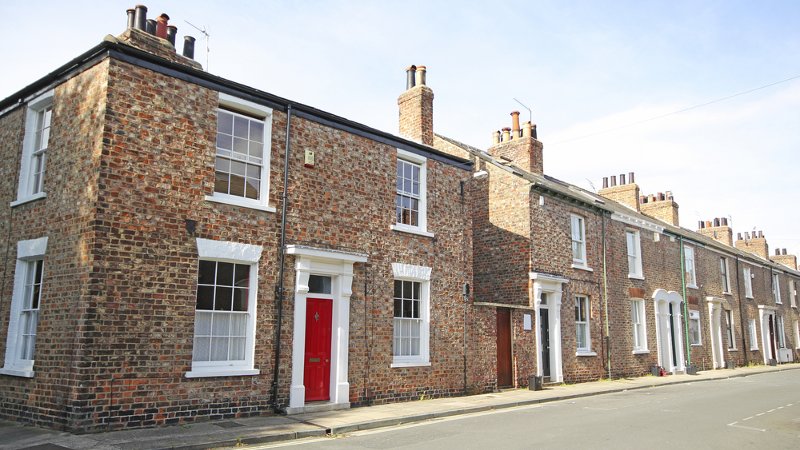It was also estimated the number of residential property transactions decreased by 3% between May 2018 and June 2018, HMRC property transactions showed.

It was also estimated the number of residential property transactions decreased by 3% between May 2018 and June 2018, HMRC property transactions showed.
In June there were 2018 96,340 residential and 9,710 non-residential seasonally adjusted transactions.
Neil Knight, business development director of Spicerhaart Part Exchange & Assisted Move, said: “At the moment it appears that it is first-time buyers–being incentivised by schemes likeHelp toBuy – purchasing new builds that are driving both the property and mortgage markets.
“This is supported by last week’s (non-seasonally adjusted) construction output figures from the ONS which showed that while all new construction work was up just 1% on the previous year, output on new housing was up 5.7%.
“And while it is encouraging to see steady growth in the new build sector, if we want to keep the market moving, we need to be looking at building a wider variety of properties and residential developments, so that home movers and downsizers have options too.”
This month’s seasonally adjusted figure is 5.7% lower compared with the same month last year.
For June 2018 the number of non-adjusted residential transactions was about 13% higher compared with May 2018. The number of non-adjusted residential transactions was 8.8% lower than in June 2017
The seasonally adjusted estimate of the number of non-residential property transactions decreased by 4.2% between May 2018 and June 2018. This month’s figure is 8.5% lower compared with the same month last year.
Mike Scott, chief property analyst at Yopa, the low fixed-fee estate agent, said: “The housing market is slowing down again with the number of house sales completing in June some 5.7% lower than the same month last year, in what is normally the busiest month of the year for completions.
“The slowdown seems to be driven by both lower supply and lower demand, and so it is unlikely to have much effect on house prices, which will continue to increase as long as we keep the current situation of low unemployment, low interest rates and good availability of mortgages.”
Kevin Roberts, director, Legal & General Mortgage Club, said that themarket isstagnant.
He said: “Overallhousing transaction figures are stagnant.Barriers to moving,such as stamp dutyand the high price of property in our urban areas,meansthatformany the maxim remains ‘improve, not move’,as they seek to renovate or develop their homes, rather than move up the housing ladder.
“The biggest factoris housing supply. The nation simply hasn’t built enough new homes over the last decade to keep up with demand.
“Innovation in the mortgage market and schemes such as shared ownershipis helping, butif we want to resolve the housing crisis once and for all, we need to meet the target of 300,000 new properties a year.”
Jeremy Leaf, north London estate agent and a former RICS residential chairman, said: “We certainly would have expected higher figures bearing in mind the spring buying season is generally the best for the property market.
“However, we are not really surprised when, on the ground, we are seeing fewer buyers nervously trying to negotiate best possible terms and transaction times lengthening as a result.
“We don’t expect to see any great change but have noticed more listings and viewings in the past month or so, which hopefully will be reflected in slightly higher transaction numbers later in the year.”



